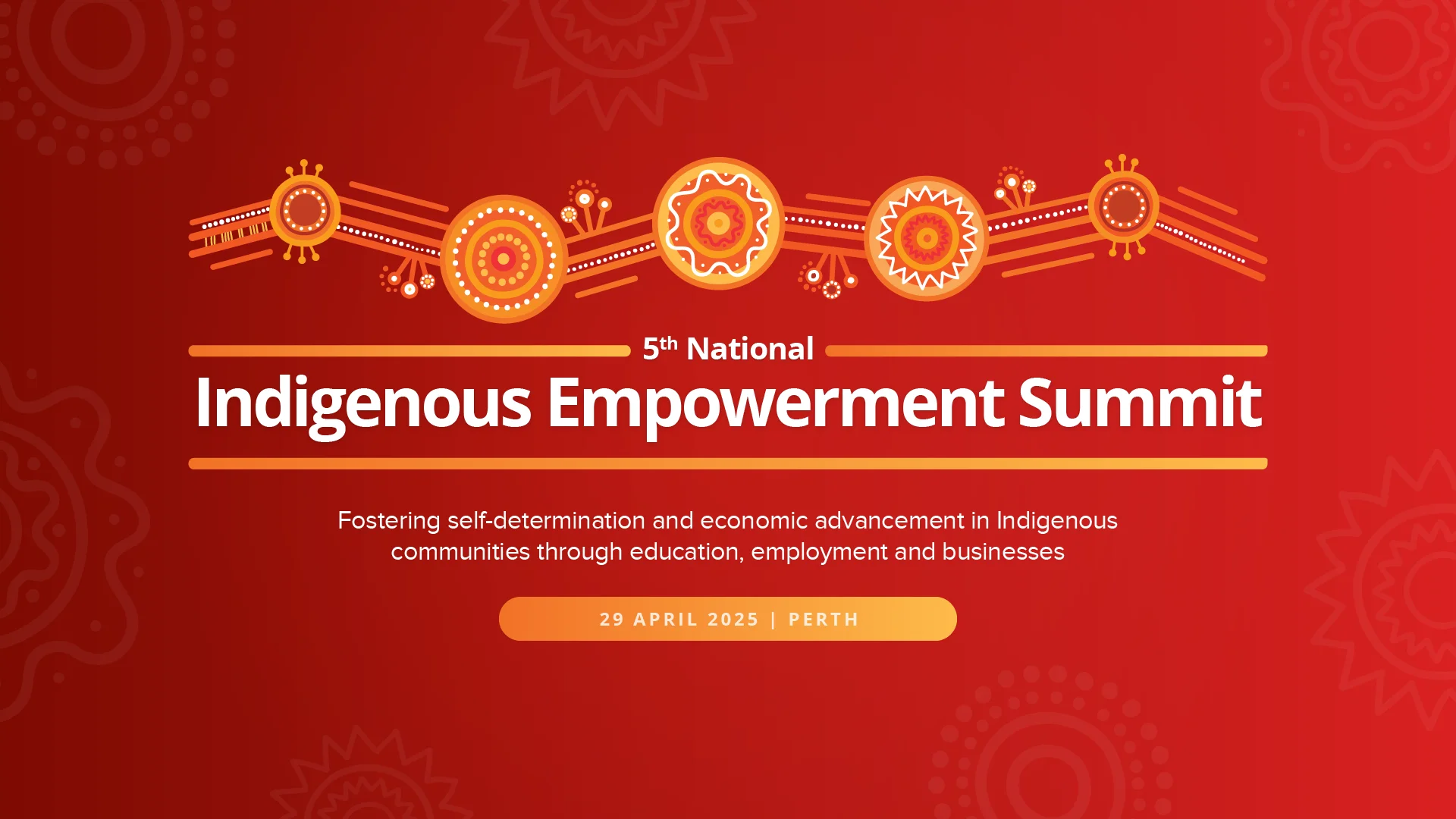HR managers in not-for-profit organisations are swamped with 101 competing priorities: ensure employees are paid on time, fill vacancies quickly, handle grievances, chase up workplace safety audits and performance reviews, and so on.
On top of that, they are expected to contribute to organisational changes, implement new systems and processes, prepare management reports and work on other improvement projects.
When you can’t see the forest for the trees, it’s time to step back to view the landscape and scan the horizon.
SalaryOne surveyed Western Australia NFPs this year, asking about their main HR priorities and concerns. Here is an overview of the results…
| Topic | Rank priorities | Rank concerns |
| Employee engagement | 1 | 3 |
| HR systems development | 2 | 5 |
| Leadership/management development | 3 | 14 |
| Organisation strategy, culture and change | 4 | 2 |
| Learning/training | 5 | 12 |
| Implementing industry changes | 6 | 1 |
| Workforce planning | 7 | 7 |
| Succession planning | 10 | 4 |
| Remuneration/benefits | 16 | 6 |
Respondents differentiated between current priorities (employee engagement, HR systems development and leadership) and future challenges (industry changes, organisational change then employee engagement). This can create tension for NFP leaders and HR managers as they try to free up resources and change processes and mindsets to prepare for what’s coming next.
Interestingly, implementing industry changes was the top concern, while the top priority was ranked as employee engagement.
With this in mind, here are 10 HR challenges for NFPs in the coming year…
- Flexible work practices
Flexible work arrangements include changes to hours of work, patterns of work and locations of work.
In aged-care and disability services specifically, the move to individualised funding and consumer-directed care has highlighted the need for more flexible work practices. A client may want a service in their home for one hour at a time, with the same carer each time.
NFP employers are constrained by traditional industrial relations rules that dictate that employees be engaged for a minimum of three hours, have predictable hours each week and be paid double time on Sundays. Some employers resort to taking on more casual staff, but in the long run this may lead to higher turnover, less-engaged staff and inconsistent service quality.
- Workforce mobility
Workers are moving away from offices and service centres to remote working and at-home care services. This has implications for communications, rostering/scheduling, client notes, transport arrangements, safety and quality standards. IT programs can help keep a mobile workforce connected, including ComCare (client management), Deputy (rostering), Logbookme (vehicles) and Slack (collaboration).
- Employee turnover
High employee turnover is endemic in some NFPs. While some industries may consider 20% annual turnover to be high, for Western Australia NFPs the median annual turnover is between 26 and 30%. To put it another way, 60% of employees have less than three years’ service and 75% have less than five years’ service. It is little wonder HR teams are flat out recruiting and training new staff, and rate employee engagement as a top priority. Platforms to manage HR processes include HROnboard (induction), Elmo (talent management) and Redii (employee recognition).
- Remuneration and benefits
A perennial problem for NFPs has been the ability to offer high enough salary and benefits to attract and retain staff. A study by SalaryOne this year found that NFP salaries for professionals with five years’ experience were 18 to 25% below comparable jobs in the public sector. Factoring in tax-free salary packaging benefits reduced the gap to between 10 and 17%.
- Performance management
Many organisations worldwide have dumped traditional annual structured employee performance reviews with their arbitrary rating scales. Instead, firms are opting for continuous performance management focussed on goal setting, continuous feedback, coaching and peer recognition.
- Mergers and acquisitions
There has been much merger-and-acquisition activity in the NFP sector in recent years. This inevitably creates a lot of work for HR teams, both before and after a merger. Pre-merger, they need to look at the workforce profile and employment contracts, assess cultural fit, calculate employment costs for restructuring and plan change-management interventions. If the acquired organisation has federal awards or enterprise agreements, Fair Work’s transfer of business rules need to be checked.
Following a merger, HR teams need to help with communication strategies, provide outplacement services for exiting employees, monitor employee engagement, and provide training and support to managers.
- Redundancies
Restructuring, downsizing and closing NFP services can be costly, hard to manage and have a long-term negative impact on employees “let go” as well as those retained. It pays to invest time and resources to manage the process effectively and compassionately. Consider engaging change-management consultants, providing outplacement services and EAP (employee assistance program) services.
- Succession planning
Succession planning for mission-critical roles should be a high priority for boards and CEOs. Investment in leadership development prepares emerging leaders for future promotional roles. Training and development options for NFP boards and managers include AICD, Aim, AimWA, BetterBoards, Governance Institute and Proteus Leadership.
- Organisation strategy, culture, change
To address challenges, an ongoing and persistent focus on organisation strategy, culture and change management is necessary. Culture is the shared values and beliefs that influence how people behave in organisations. HR managers have a role in enabling change and influencing organisational culture, but as Stephen Becsi of international management consulting firm Pulse Australasia says, cultural change begins “right at the top”.
- Strategies for small NFPs
Smaller NFPs face the same challenges as larger organisations but may not have in-house expertise or resources. Scaled down strategies for smaller organisations include having an HR practitioner on the board, including HR strategies in strategic and operational plans, and subscribing to HR platforms and advisory services such as EmploymentHero, EmploySure, HR Advance and WorkplaceInfo.
Never have the HR challenges for NFPs been greater. However, many tools and resources are available for effectively managing HR processes and supporting organisational transformation. It’s time to step back and take in the big picture…
Julian Keys, Director, SalaryOne.












